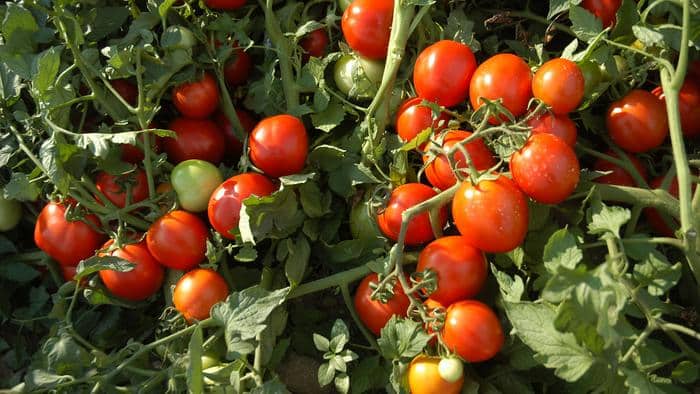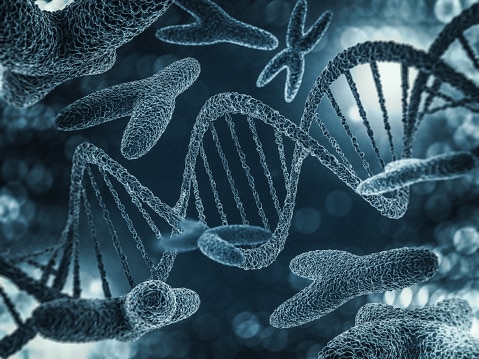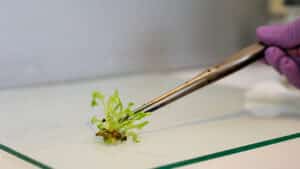Plant genomics has made significant strides since Cold Spring Harbor Laboratory (CSHL) assisted in sequencing the initial plant genome. News from CSHL states that despite advancements, achieving the ideal crop remains somewhat unpredictable. Simply inducing the same DNA mutation in distinct plants doesn’t consistently yield the desired crop characteristics. The question arises: why does this discrepancy occur? Plant biologists at CSHL have recently unearthed a potential explanation.
The release notes that CSHL Professor and HHMI Investigator Zachary Lippman and his team discovered that tomato and Arabidopsis thaliana plants can use very different regulatory systems to control the same exact gene. Incredibly, they linked this behavior to extreme genetic makeovers that occurred over 125 million years of evolution.
Utilizing genome editing techniques, the researchers generated more than 70 mutant variations of tomato and Arabidopsis thaliana plants. Each mutation targeted the regulatory DNA surrounding a gene called CLV3. Subsequently, they assessed the impact of each mutation on the plants’ growth and development. Excessive mutation of the DNA responsible for regulating CLV3 resulted in a significant boost in fruit growth.
“CLV3 helps plants develop normally. If it wasn’t turned on at the exact time that it is, then plants would look very different,” Danielle Ciren, a recent CSHL School of Biological Sciences graduate who led this study, explains. “All the fruits would be ginormous and not ideal. You have to balance growth and yield. If a plant has giant tomatoes but only two, is that as beneficial as a lower yield? There’s no simple solution. You’re always sacrificing something when you’re trying to get something improved.”
For tomatoes, mutations engineered near the start rather than the end of the CLV3 gene had a profound impact on fruit size. Conversely, for Arabidopsis, disruptions around both sections of the gene were necessary. This suggests that an event within the past 125 million years led to divergent evolutionary paths for these plants. The precise nature of this event remains a mystery.
“You can’t go back to the common ancestor because they don’t exist anymore. So it’s hard to say what was the original state and how have things been mixed up,” says Ciren. “The most simple explanation is that there’s a regulatory element that’s conserved in some capacity, and it’s been altered in subtle ways. It is a bit unexpected.”
What is certain is that genetic regulation is not uniform between plant species. The releases states that unearthing these genetic differences could help make crop genome engineering more predictable. And that would be a big win not just for science but for farmers and plant breeders across the globe.













